NASA's SDO snaps strongest solar flare since 2017, sparking radio blackouts on Earth
NASA Solar Dynamics Observatory (NASA SDO) captured the strongest solar flare since 2017 on December 31, 2023, originating from the same sunspot that produced a flare on December 14. Check details.
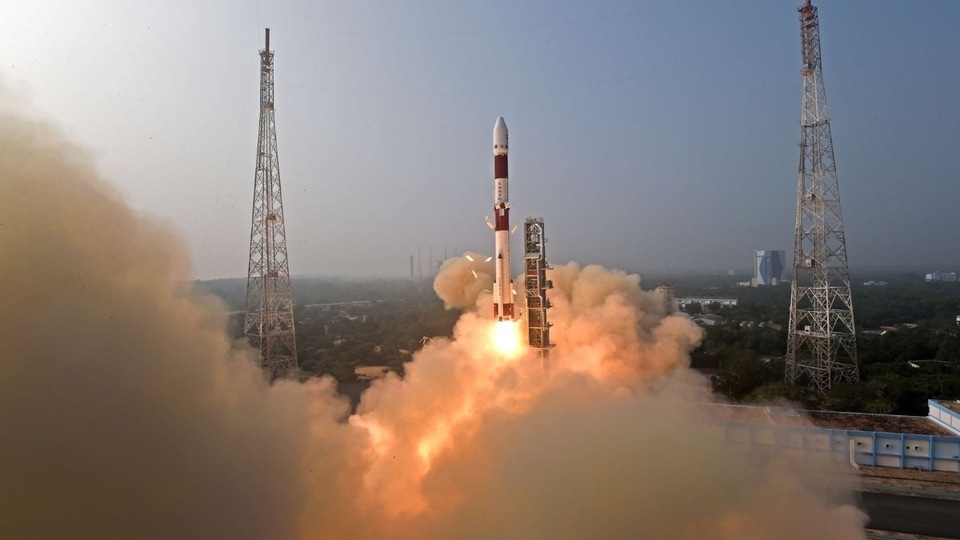
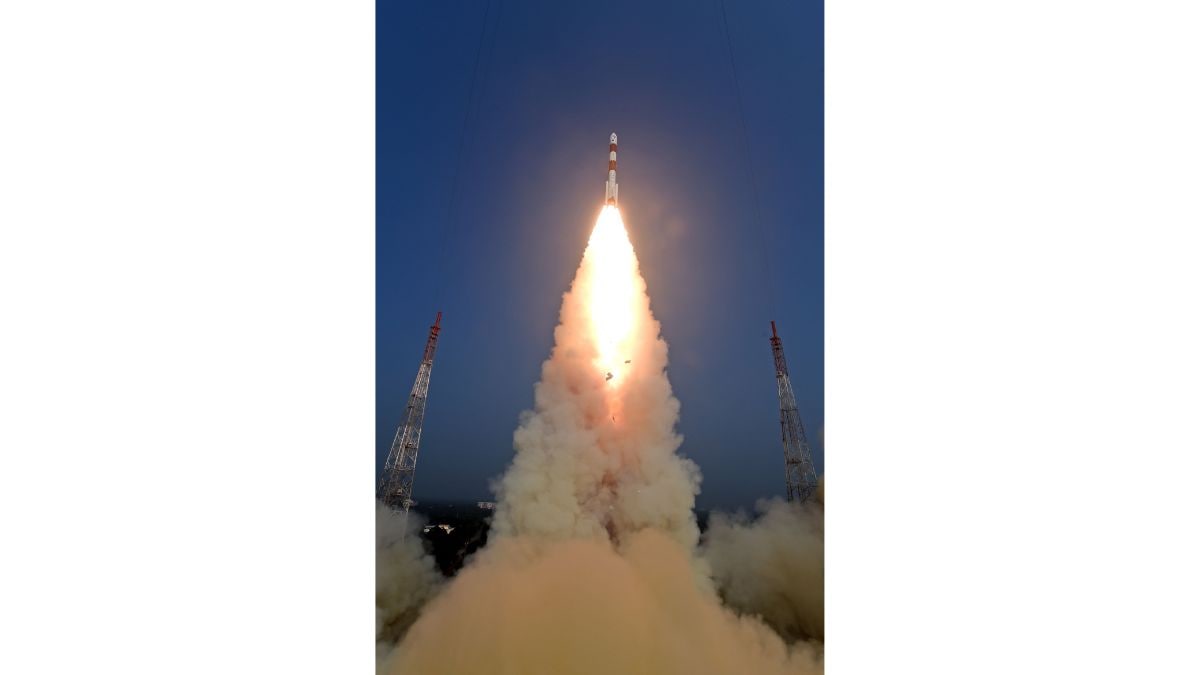
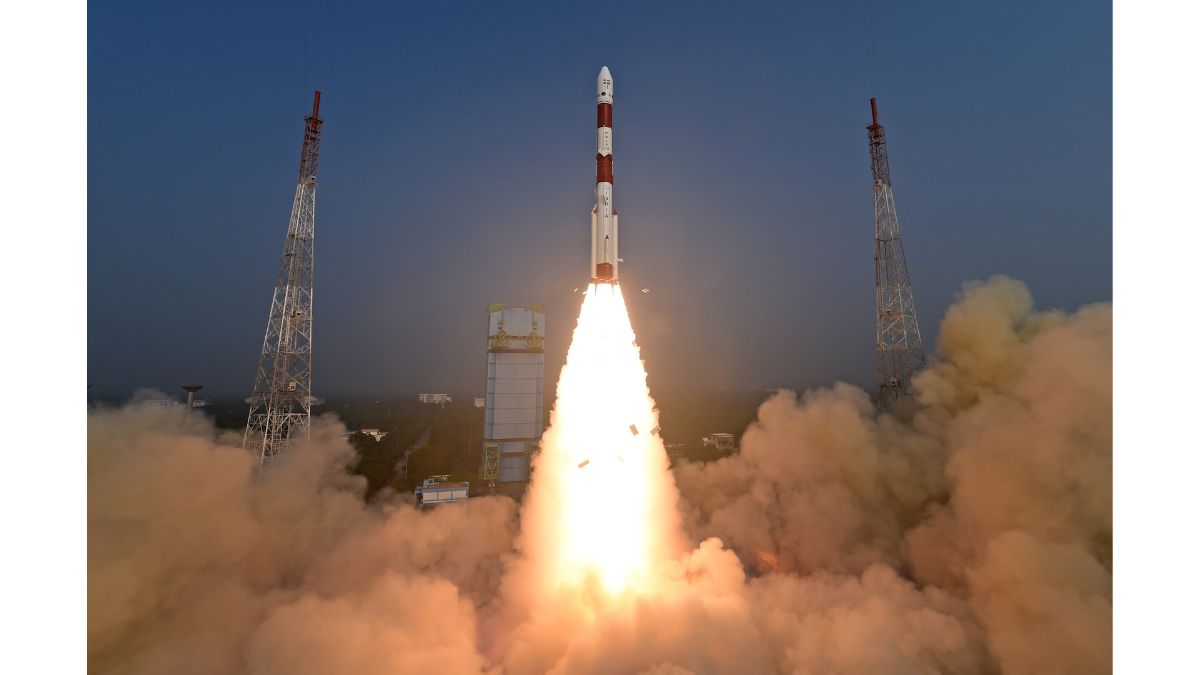
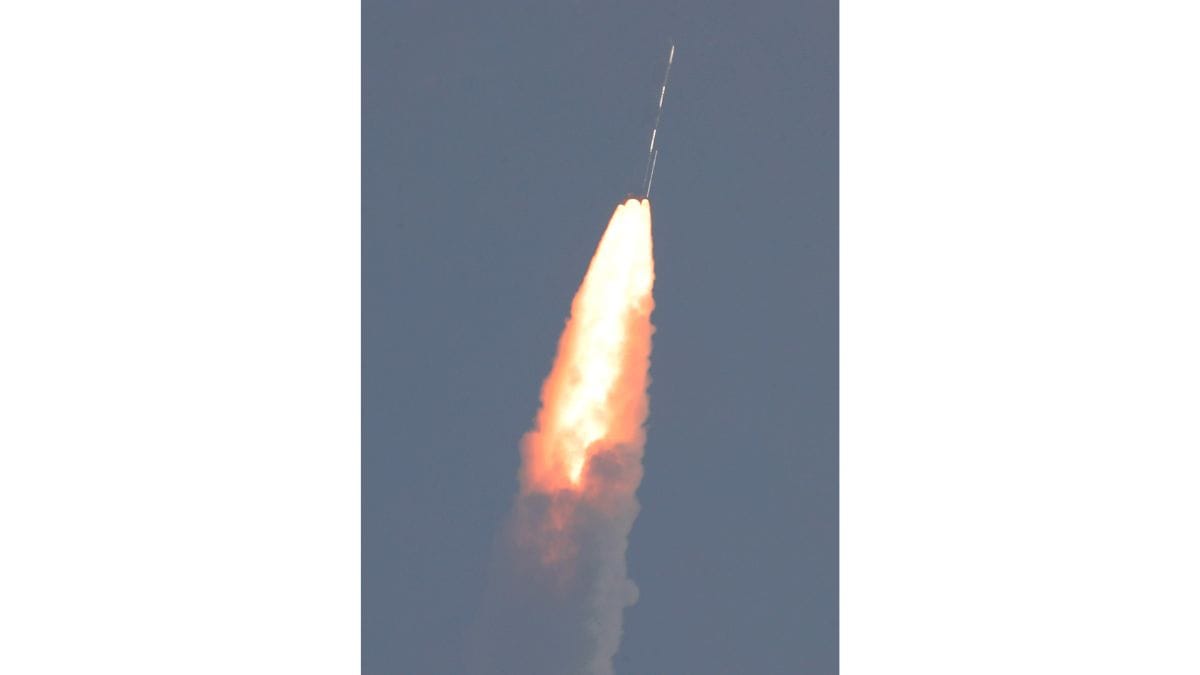
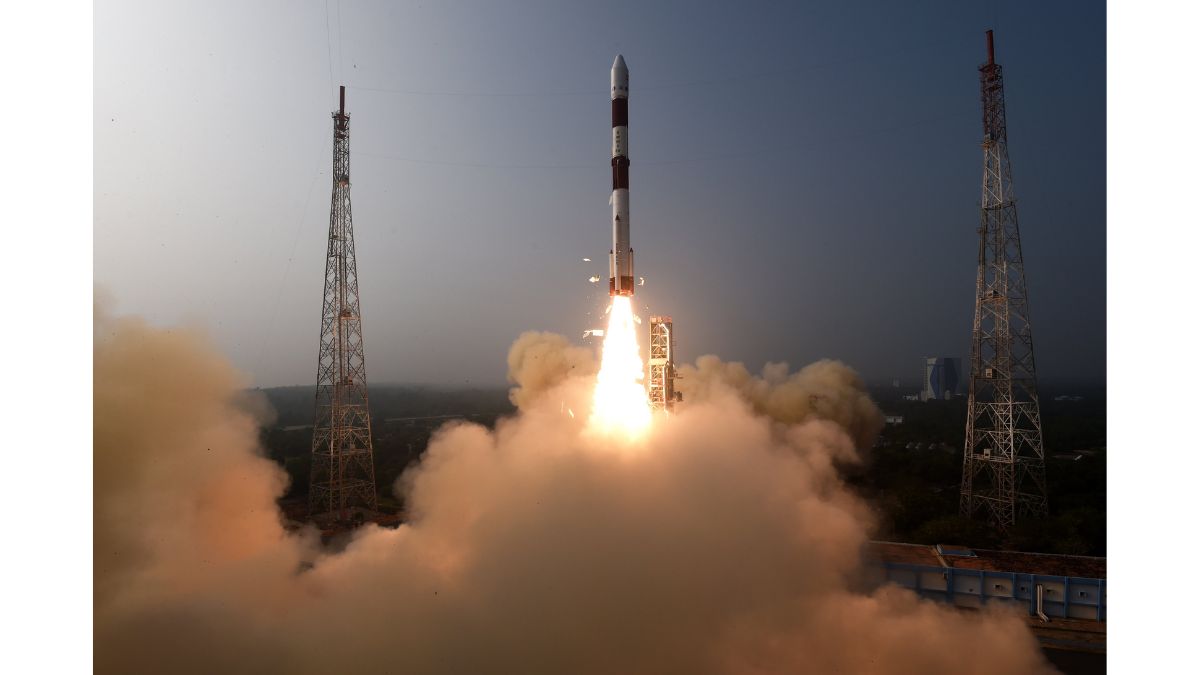

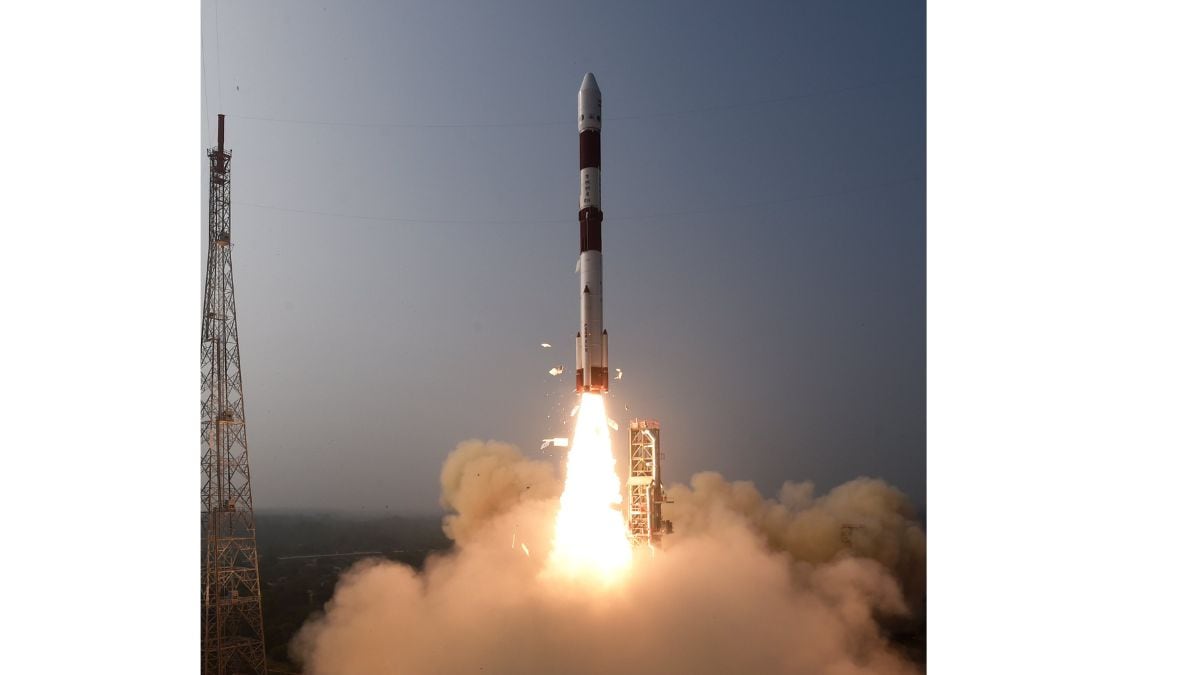
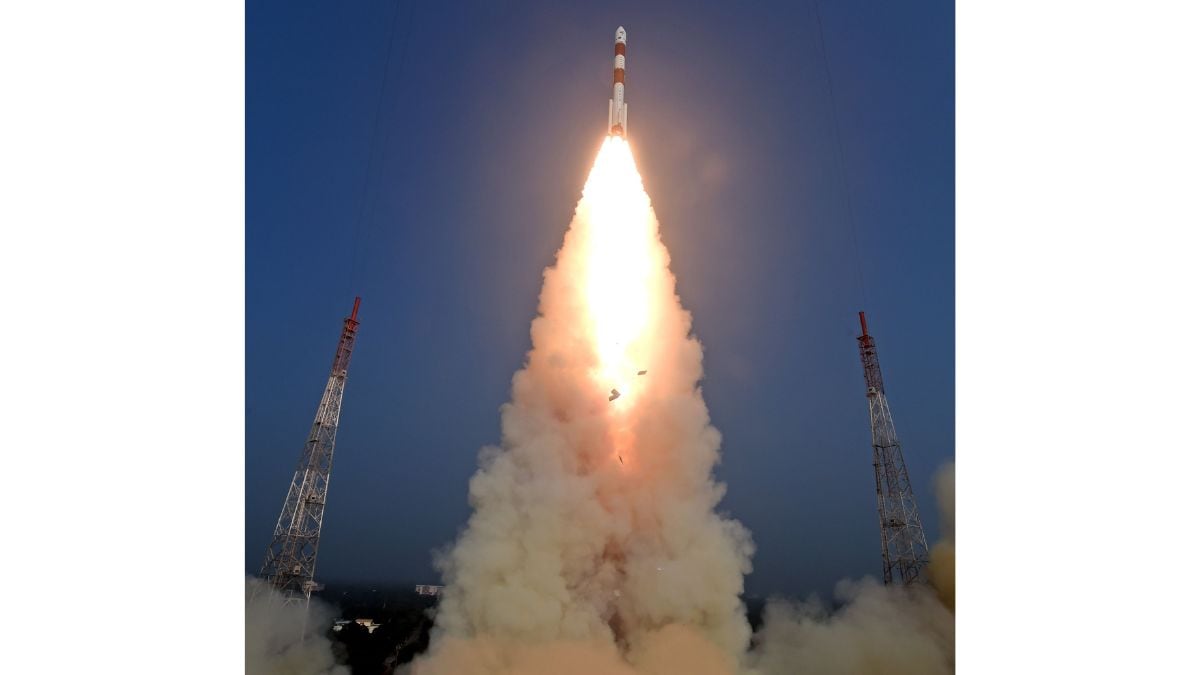

 View all Images
View all ImagesSlowly and steadily, solar activity has been on the rise after a brief lull. In the last few months, we've witnessed a growing number of solar flares, and solar storms, all of which have been linked to the current solar cycle. For the unaware, the solar cycle is an 11-year period during which the Sun's activity crests and troughs. According to scientists, the solar cycle 25 will enter the peak of solar maximum in mid-2024, and it has already exceeded the predicted number of sunspots. However, the solar activity isn't likely to decrease anytime soon, and a stark reminder of the Sun's might was witnessed on December 31, 2023, as the strongest solar flare since 2017 was recorded by NASA. Check details.
Solar flare
According to NASA, the Solar Dynamics Observatory (SDO) captured the strongest solar flare since 2017 on December 31 at 4:55 p.m. EST. The recorded flare measured X5.0 in intensity. Interestingly, NASA revealed that it originated from the same sunspot that hurled out an X2.8 solar flare on December 14.
This solar flare also caused an “R3 Strong Radio Blackout”, according to the National Oceanic and Atmospheric Administration. It was the strongest solar flare recorded since the X8.2 flare which was captured on September 10, 2017.
X-class solar flares: Are they dangerous?
X-class solar flares can create radiation storms which have the potential to not only harm the satellites but also give small doses of radiation to the people flying in airplanes at the time! Moreover, these devastating flares can disrupt global communications and bring down the power grids to create blackouts.
If the X-class flares are too strong, they can result in loops that are ten times as big as Earth which leaps off the Sun's surface as the magnetic fields cross over, according to NASA. When these loops reconnect, they can produce as much energy as a billion hydrogen bombs!
The Sun entered solar cycle 25 in 2019 and it is expected that it will hit its peak between 2024-2025. And this is the main reason why the Sun has suddenly become so violent.
Also read these top stories:
Gung-ho on AI Jobs ?
A Nobel Prize winner has cautioned against piling into studying science, technology, engineering, and mathematics (STEM) subjects. Says creative skills may thrive in a world dominated by AI . Check here.
What is dropshipping?
You buy a new phone case from an online retailer. The phone case arrives safely at your house, the online retailer makes a small profit and everyone is happy. Know what is going on here.
Influencers Rising!
Cinema or politics, chocolates or perfume... social media influencers cover it all and are set to spread their influence further and wider in 2024. Some interesting details in this article. Check it out here.
One more thing! We are now on WhatsApp Channels! Follow us there so you never miss any updates from the world of technology. To follow the HT Tech channel on WhatsApp, click here to join now!
Catch all the Latest Tech News, Mobile News, Laptop News, Gaming news, Wearables News , How To News, also keep up with us on Whatsapp channel,Twitter, Facebook, Google News, and Instagram. For our latest videos, subscribe to our YouTube channel.































